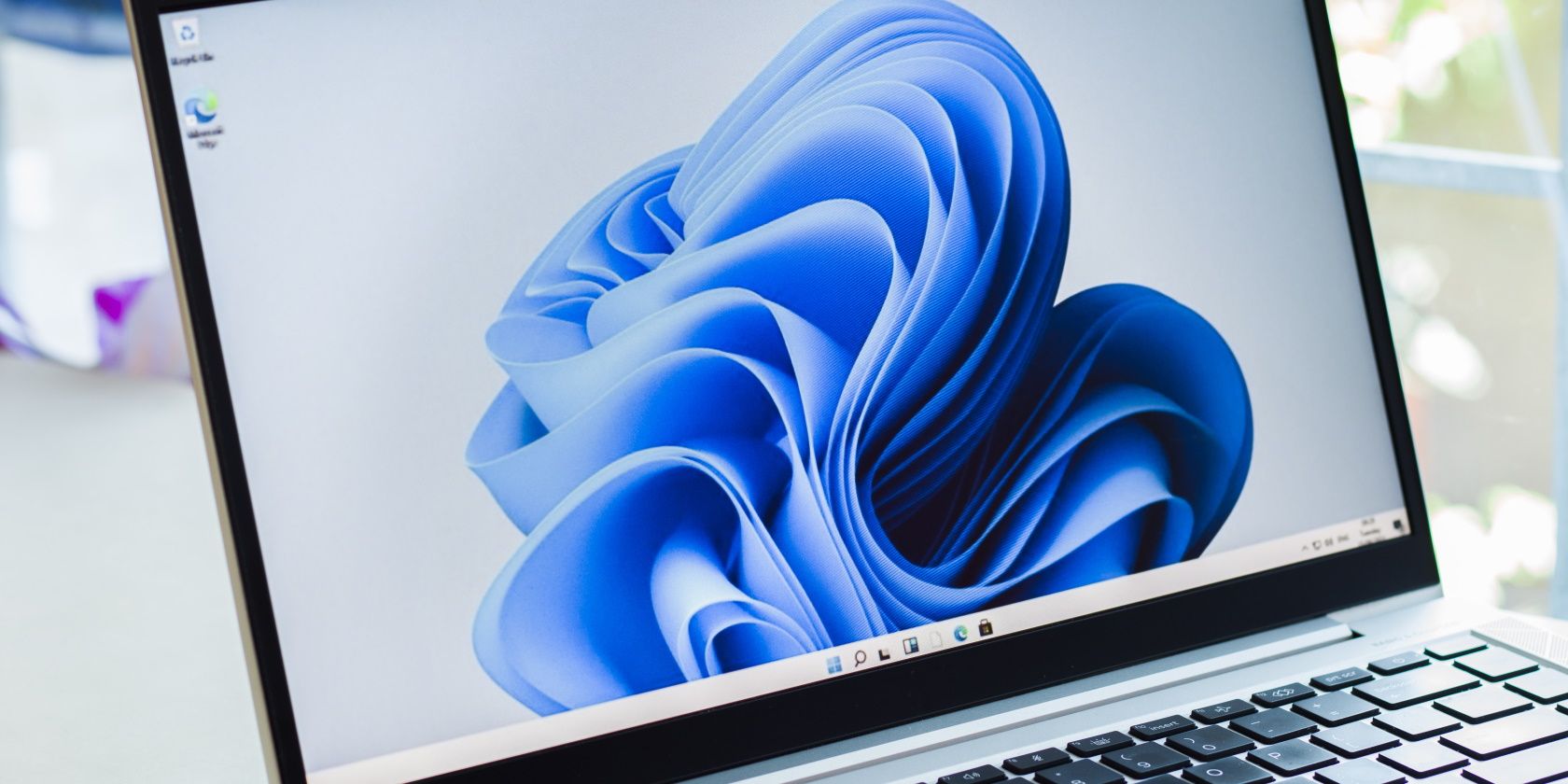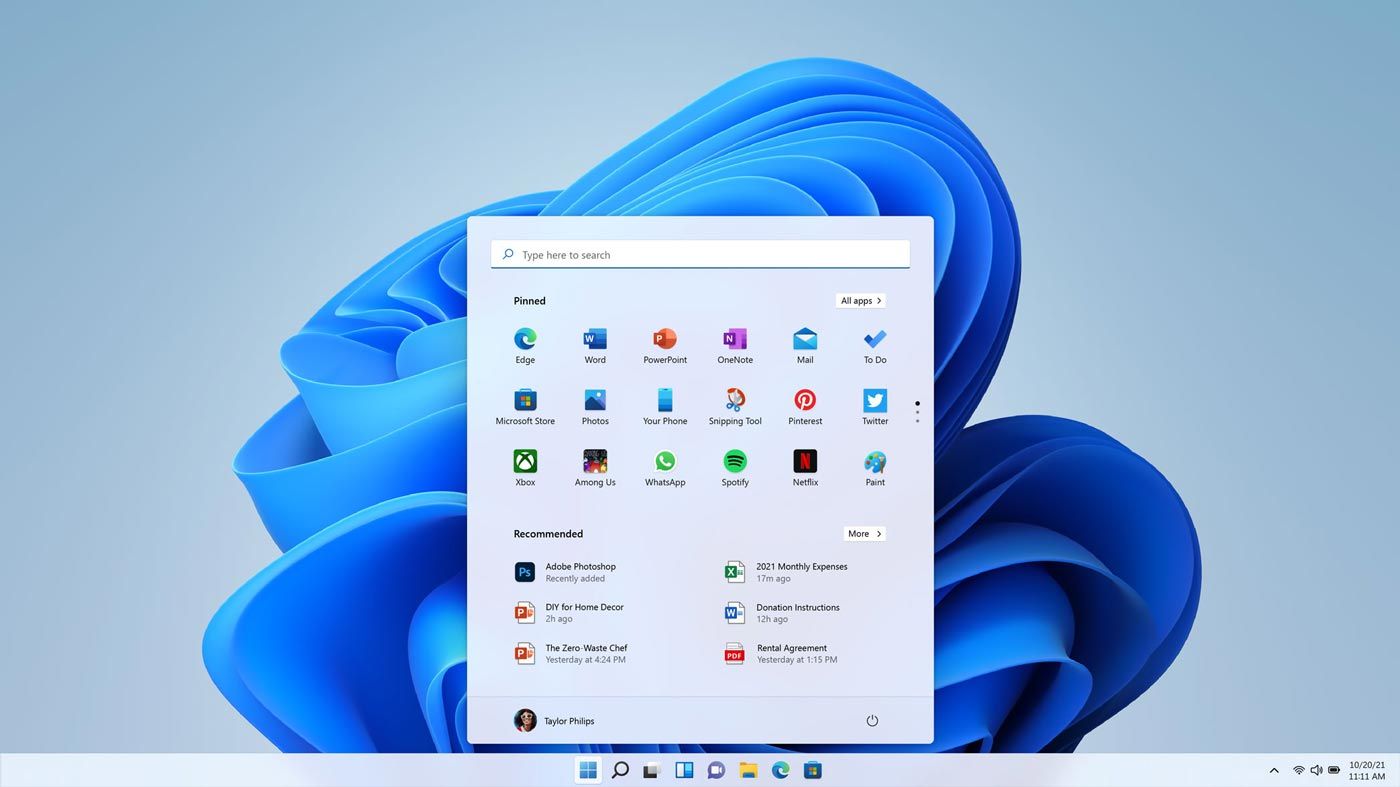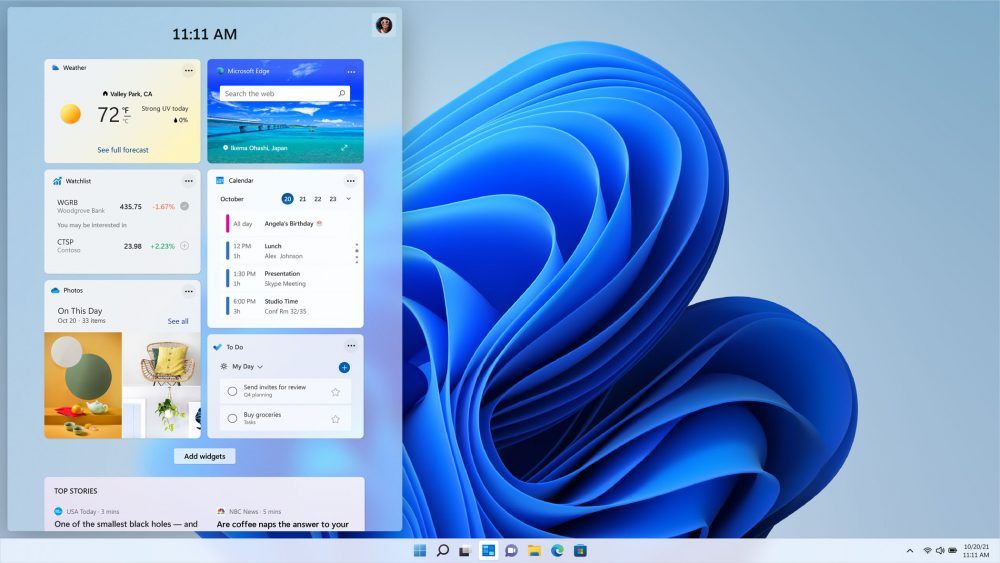The Windows 11 event on June 24, 2021, had a bunch of juicy details about Microsoft's new OS. From rounded corners to a centered taskbar, Microsoft put a lot of emphasis on new UI elements. And after six years of the same Windows 10 design, it was refreshing to see Windows with a fresh coat of paint.
That said, Microsoft didn’t talk a lot about the performance and stability of its new OS. Even after the Insider builds were released, the company is still tight-lipped on what to expect in terms of performance improvements. We think Windows 11 is just Windows 10 with a new UI and some under the hood improvements... but that's not entirely a bad thing.
Windows 11 is an Enhanced Windows 10 21H2
Microsoft didn't originally call Windows 11 that. Beforehand, it was called Windows 10 21H2, or the Windows 10 “Sun Valley” update. The 21H2 update was to come with all the UI improvements that we currently see in Windows 11. More importantly, 21H2 was a UI overhaul for Windows 10 and not the “next Windows”.
When Microsoft officially announced Windows 11, many people were surprised that the company decided to call 21H2 a new version of Windows. And most major features of Windows 11 were either already announced to be coming to Windows 10 or were pulled straight from the doomed Windows 10X.
So, Windows 11 looks more like a marketing move than a true next generation of Windows. You can see evidence of this being little more than a marketing move by the performance of the current Windows 11 build.
Windows 11’s Performance Is Not That Different From Windows 10
We’ve come to expect one of two things whenever a new version of Windows drops. Either the performance and stability take a significant boost or drop, or the new version performs much the same and is as stable as the previous version.
We saw the first case happen with the launch of Windows 10. It was a mess with random system crashes and poor performance that gradually improved to where it is now.
Windows 10 was a big step up from Windows 8 in almost all major areas. It was packed with features, and Microsoft promised us two major updates every year. As such, it was understandable that it needed a few years before it could hit its stride.
The second case, where the new version is as performant and stable as the old version, is happening now with Windows 11. Early reports show that Windows 11 performs almost the same as Windows 10. And in many cases, the performance difference isn’t even worth mentioning.
The same goes for general system stability. According to the Windows Insider Blog, Windows 11 enjoys a 99.8% crash-free experience on supported CPUs. This is in stark contrast to how Windows 10 looked when it first launched.
So, Windows 11 is as stable and performant as Windows 10, even in its first Insider Preview build. And anyone who has seen the launch of Windows 10 will tell you that’s a good thing.
Why Is Windows 11 Being Like Windows 10 a Good Thing?
For starters, with the official release of Windows 11 this fall, you won’t have to worry about it performing poorly. It will perform just as you expect it to and will be stable to use.
Next, everything that you have come to expect from Windows 10 will be there. No more prodding around new menus and systems to find what you want; it's all where it used to be.
Finally, if your Windows 10 computer meets the hardware requirements, Windows 11 will be a free upgrade just like you would expect from a Windows 10 update.
Windows 11 Is Gearing Up to Be an Excellent Upgrade
Microsoft took Windows 10 21H2, rebranded it, and unveiled it as Windows 11. In essence, you are getting an enhanced Windows 10 with a shiny, new look... but that isn't a bad thing.
The fact that the current build of Windows 11 has the same level of performance and stability should put you at ease since you will be able to enjoy the new OS without any major concerns. So, if you're curious, be sure to check if you qualify for Windows 11 and wait for its release date in Fall 2021.



